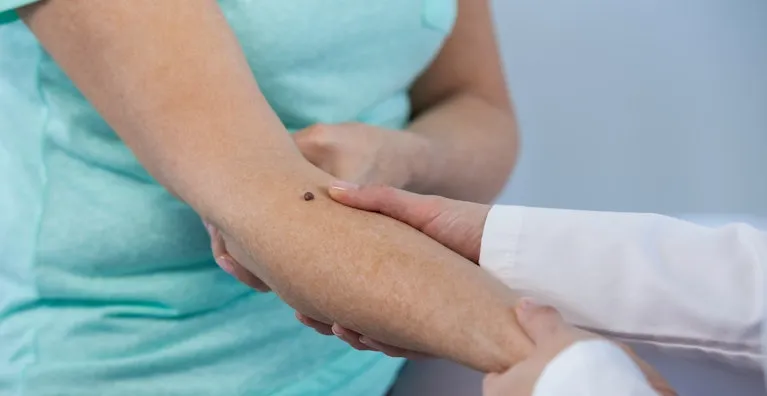Signs You Need to See a Dermatologist

Dermatologists are specialists trained to address various skin, hair, and nail concerns. While some issues may be addressed with over-the-counter solutions, certain conditions require professional care. Recognizing when to consult a dermatologist can lead to early diagnosis and better management of potential concerns. Below are some signs that may indicate it’s time to schedule an appointment.
Persistent Acne That Won’t Go Away
Occasional breakouts are common. Over-the-counter products can be effective for mild acne, but persistent or severe cases often point to underlying causes that a dermatologist can address. These can include hormonal imbalances, inflammation, or clogged pores that don’t respond to topical solutions. To clear persistent acne, a dermatologist can provide specialized treatments, such as prescription medications, oral antibiotics, or professional procedures. Seeking care could help prevent lasting skin damage, such as scarring or discoloration, affirming the health and appearance of your skin is maintained.
Unexplained Skin Rashes or Irritation
Red, itchy, or irritated skin that doesn’t improve with basic care might signal an underlying condition. Skin rashes can have various causes, and pinpointing the source is necessary when over-the-counter remedies or lifestyle adjustments don’t help.
Common causes of skin rashes include:
- Allergies: Skin reactions triggered by certain foods, materials, or substances like detergents or skincare products.
- Eczema: A chronic condition that causes dry, inflamed, and itchy skin.
- Psoriasis: An autoimmune issue that leads to thick, scaly patches on the skin.
- Infections: Fungal, bacterial, or viral infections that can irritate or damage the skin.
If symptoms persist, consulting a dermatologist is key. They can perform a thorough evaluation to identify irritants, environmental factors, or infections. With a proper diagnosis, you can access targeted treatments that save time, reduce discomfort, and restore healthy skin.
Changes in Moles or Unusual Skin Growths
Any changes in the size, shape, or color of a mole warrant professional attention. These could be early signs of skin conditions that require treatment. New skin growths that don’t heal, appear unusual, or start to itch or bleed should also be evaluated, as they may indicate underlying issues such as skin cancer. Dermatologists are specially trained to spot and assess even subtle changes in the skin that could point to serious conditions.
Regular skin checks are key to maintaining skin health. These appointments allow dermatologists to track changes over time and catch potential issues before they become more advanced. If a mole or growth appears abnormal, a dermatologist may recommend a biopsy or further testing to determine whether it’s benign or something more serious. Early detection and intervention significantly improve treatment options and outcomes. Taking the time to monitor and address changes in your skin could make all the difference in preventing or managing serious conditions.
Chronic Dryness, Redness, or Itchiness
Skin that remains dry, red, or itchy despite using moisturizers could indicate conditions like eczema, dermatitis, or rosacea. Chronic symptoms may disrupt daily life and require more advanced care. A dermatologist can evaluate these issues and recommend solutions that target specific concerns. Professional-grade treatments and medications can improve skin barrier function and alleviate irritation. A dermatologist may also suggest products suited to your skin type, preventing further flare-ups and helping you maintain long-term comfort.
Visit a Dermatologist Today
Professional treatment can benefit skin concerns that persist or worsen despite basic care. Addressing these issues promptly can improve your comfort and skin health. Whether it’s acne, unusual skin changes, or chronic irritation, dermatologists are equipped to provide effective solutions. Contact a dermatologist today to schedule a consultation.





